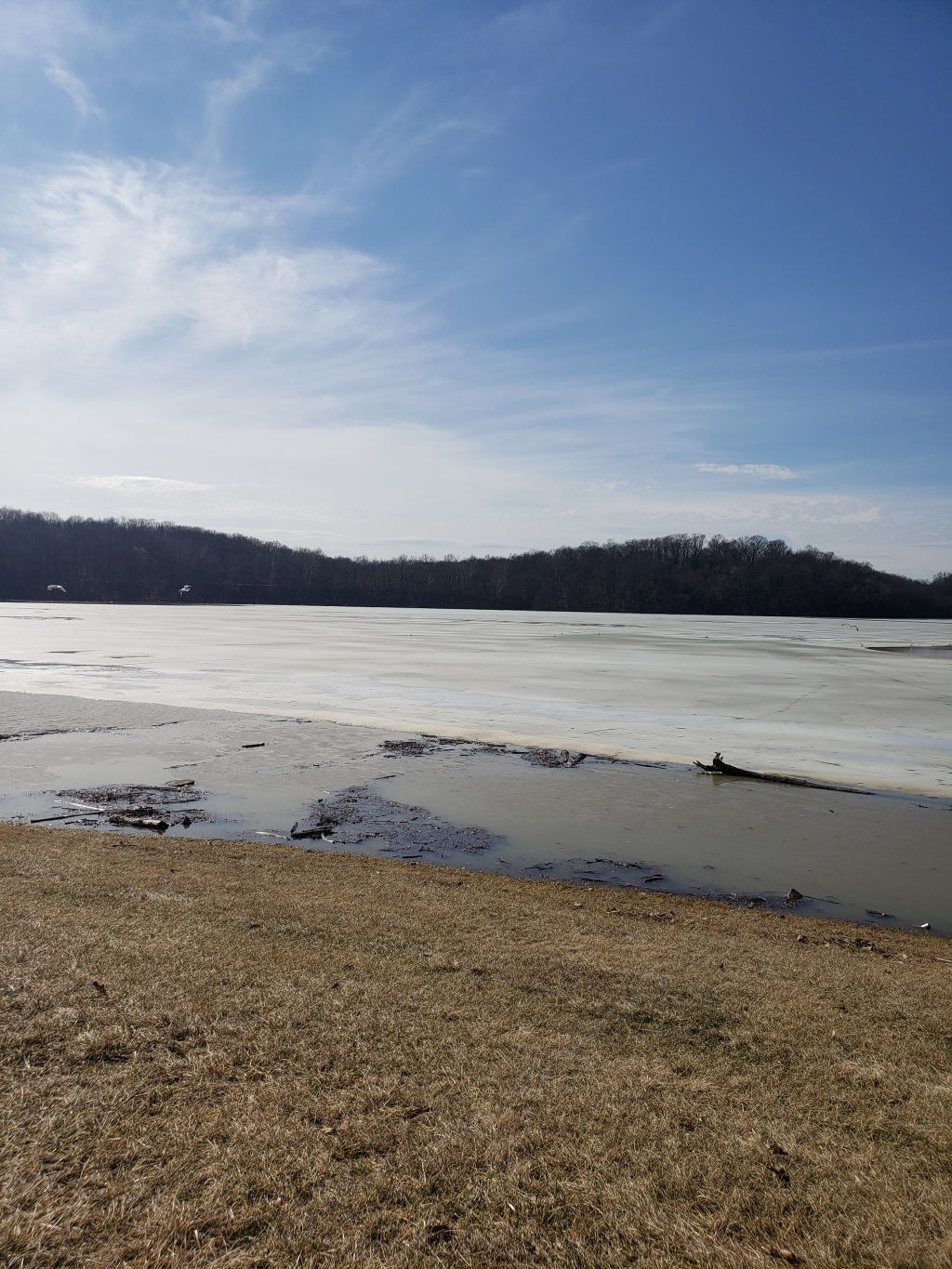As I said in Wednesday’s blog post, the Apostle Paul wrote the book of Ephesians as an encouragement to all the churches near the city of Ephesus, while he was imprisoned in Rome. Paul sends this letter to all the churches in the area through his messenger Tychicus. Some of the books Paul writes to specific churches in the New Testament are books of correction, we would say. In those books, 1st & 2nd Corinthians for example, Paul writes to that church specifically as a way of trying to help correct things going on, in their pursuit of growing the body of believers. Paul faced many obstacles, hardships, and trials while preaching during all three of his missionary journeys. We are going to talk about some of those obstacles, hardships, and trials in relation to Ephesus and the surrounding churches…Philadelphia, Smyrna, Laodicea, Lystra, Iconium, Sardis, and Colossae.
I am a total history nerd. It was one of my favorite subjects, even in college. Whenever we study something, it helps to know the history and background of the area, not only for the historical context, but the cultural significance as well. It helps to paint the picture in our minds of what it would have been like to live in that time and place.
Paul visited Ephesus briefly on his his second missionary journey, on his way back to Jerusalem after visiting the city of Corinth in Greece. After this short visit of Paul’s, Ephesus was visited by Apollos who came from Alexandria, Egypt to preach (Acts 18), where he met Priscilla and Aquilla who had travelled there with Paul, and remained when he departed. Paul returned to Ephesus on his 3rd missionary journey and stayed for about 3 years.
To understand some of the obstacles Paul faced in preaching the Gospel there, we have to understand what kind of city Ephesus was. It was the “Washington D.C.” of Asia Minor, which is now the west coast of Turkey. Ephesus was a melting pot of politics, religion, philosophy, commerce, shipping and trade, and was known for its variety of people as well. There were Jews, Greeks, Romans, and Pagans. One of Paul’s main focuses during his third missionary journey was turning people’s allegiance from Paganism to Christianity. During the time Paul spent in Ephesus, Nero, a descendant of Julius Caesar, became emperor to Rome. Nero was one of the most brutal, cruel, and notorious rulers of the Roman Empire. When he came into power in 54 A.D., he was only 16 years old. During his reign he had his mother, wife, and step brother killed, for various reasons, but all for power and selfish ambition.
This is one of the pivotal points in history. It was a time of social, religious, and political change. There was much debate on every issue known to man. Religious leaders, government leaders, missionaries, and philosophers would gather in the marketplace to argue and persuade citizens to their way of thinking.
We see these same things in our world today and are living through a pivotal point in history as well. I hope you have committed to coming along with me on this journey of discovery through Ephesians. I pray that you will find encouragement and strength as we go through these pages of the writings of Paul, just as the people of Ephesus were encouraged and strengthened by these powerful words. Until next time…
God loves you and so do I,
Leslie

